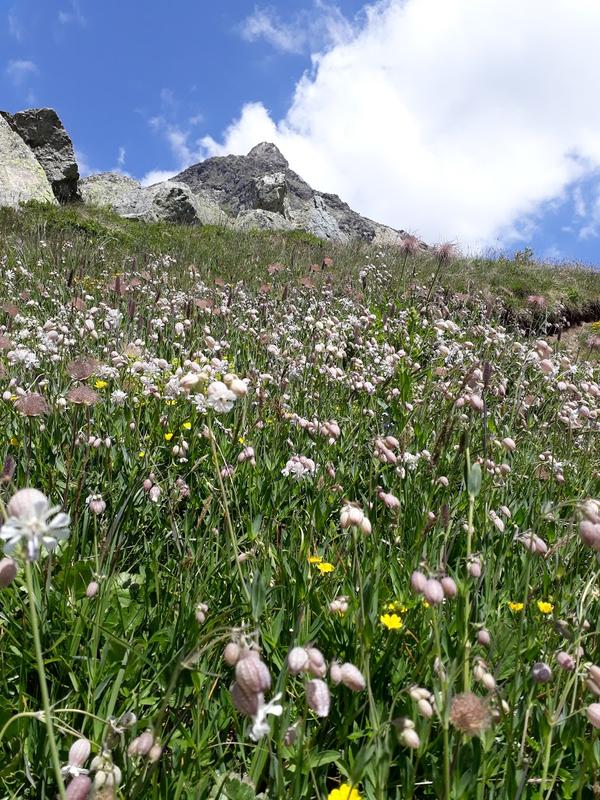Many facets of biodiversity reduce variability of grassland biomass production

Grassland Prof. Dr. Holger Kreft
Biodiversity is much more than just counting species; it also includes diversity in how plants function and in the history of how they have evolved. Despite the growing appreciation for biodiversity and its role in buffering the impacts of vital ecosystem services, these other aspects of biodiversity are frequently overlooked.
An international team of researchers examined how multiple facets of biodiversity contribute to year-to-year variation in grassland biomass production. The researchers measured biomass, which is the dry weight of plant matter (including grassland and other species).
“We show that grassland communities with high species richness and high diversity in evolutionary history show reduced variation in biomass production,” said Dylan Craven, lead author of the study and postdoctoral researcher at the University of Göttingen.
“Our results suggest that greater diversity in evolutionary history makes biomass production in grasslands more stable because these communities are less vulnerable to herbivore attacks or pathogen outbreaks.”
The researchers also found that biomass production of plant communities dominated by slow-growing species typically varied less. Peter Manning, the senior author of the study, said that “we were surprised by these results because we had expected that communities with a greater diversity in characteristics related to plant growth rates would have more stable biomass production but actually species richness as measured by evolutionary history and genetic diversity were better predictors.”
However, the researchers caution that lower year-to-year variation does not imply that grasslands will be more productive, and that measures of stability that consider over- and under-production may be more relevant for agroecological applications.
Dr. Dylan Craven
University of Göttingen – Department of Biodiversity, Macroecology and Biogeography
Büsgenweg 1 – 37077 Göttingen
Phone: +49-(0)551-3910443
E-Mail: dylan.craven@uni-goettingen.de
www.uni-goettingen.de/en/585428.html
Craven, D. et al. Multiple facets of biodiversity drive the diversity-stability relationship. Nature Ecology & Evolution (2018). doi: 10.1038/s41559-018-0647-7
Media Contact
All latest news from the category: Agricultural and Forestry Science
Newest articles

Sea slugs inspire highly stretchable biomedical sensor
USC Viterbi School of Engineering researcher Hangbo Zhao presents findings on highly stretchable and customizable microneedles for application in fields including neuroscience, tissue engineering, and wearable bioelectronics. The revolution in…

Twisting and binding matter waves with photons in a cavity
Precisely measuring the energy states of individual atoms has been a historical challenge for physicists due to atomic recoil. When an atom interacts with a photon, the atom “recoils” in…

Nanotubes, nanoparticles, and antibodies detect tiny amounts of fentanyl
New sensor is six orders of magnitude more sensitive than the next best thing. A research team at Pitt led by Alexander Star, a chemistry professor in the Kenneth P. Dietrich…





















